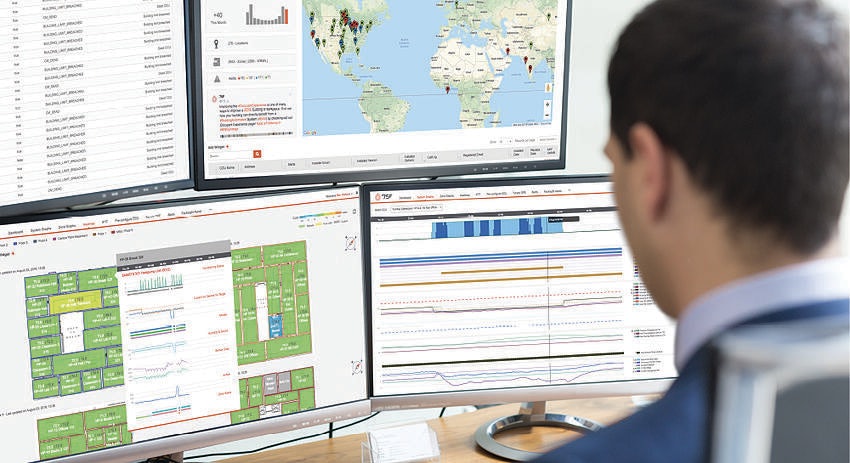
Better Data, Better Building Performance
"Data is King." That’s one phrase we have heard multiple times and when it comes to buildings, we agree that data and its analysis is of great importance. For Facility Managers, especially, building data is an essential way to understand the functioning of a building and its weak spots. However, good data is also the most overlooked aspect in building management. While there are many advanced data collection systems that can provide facility managers with comprehensive data reports there are very few BMS systems that provide this data in an easy to understand format with actionable insights.
In this blog we look at why good data is important for efficient Building Management and how 75F's Building Intelligence System can provide you comprehensive data analytics and help you improve your building.
Need for a Smart Energy Management System
A normal building energy management system can only track the energy usage of your electrical and mechanical system. But this will only allow for monitoring and analyzing energy usage. There are other key parameters that must be analyzed to ensure that a building is not only energy efficient but comfortable for the occupants as well. These parameters include temperature, humidity, indoor air quality and lux levels.
The first step for obtaining energy consumption and indoor environment data for your building is to install sensors. Installing sensors that measure key parameters give facility managers an accurate picture of how much energy is being consumed, how can energy wastage be reduced and what the comfort level of the occupant is.

The 75F Smartstat, the world’s smartest thermostat, measures all these parameters and is easily installed. Combined reports of energy consumption and the above-mentioned parameters make for a detailed understanding of the building’s strong and weak points.
Analyzing the Data
Once you take this first step of installing the sensors, the next step is to carefully analyze and understand the data you get.The reports will then help facility managers spot the defects and find opportunities for energy saving and occupant comfort improvement. 75F's Building Management System takes this a step further and uses the data to proactively control the building as well. If one corner of the office is warmer than the others the 75F system adjusts the temperature for that zone accordingly. At the same time, 75F's system also provides detailed, easy to read, insightful data analytics to the Facility Managers. It also provides insights into whether the building equipment is functioning properly or not. A lot of energy and money can be saved by replacing or repairing faulty/inefficient equipment before breakdowns occur. Therefore, detailed data is a must for a facility manager to understand the building he/she manages. Data can help facility managers find a lot of opportunities to ensure their utility bills are not sky high because of faulty equipment or wastage.
These two steps alone can help save a lot in energy efficiency! Once there is enough historical data to understand the building behavior, facility managers can focus on the weak areas. Are too many people complaining about hot/cold spots? The next step is to take feedback from the occupants and identify the issues they face. This could be a time consuming task if the facility team had to do it manually, but with the 75F Occupant App, the building occupants can give feedback as well as control their individual zones according to their preferences.
A combination of occupant feedback and building data would really help facility managers understand what the immediate problems are that need to be addressed and what are the solutions for them.
75F’s Intelligent HVAC System
What makes the 75F system self-optimizing and proactive is its ability to collect and analyze hundreds of data points that are collected by the 75F smart sensors and sent to the cloud. With smart algorithms, the 75F system then goes on to create the perfect control strategy for the building in order to save energy while also ensuring the most comfortable environment for the occupants.
Not only this, facility managers also get comprehensive energy reports and graphs that compile these hundred of data points into easily understandable reports. With these detailed energy reports, facility managers can compare multiple sites to detect anomalies and understand the strong and weak points of their building. With access to these comprehensive data reports, facility teams can be more informed and efficient thereby resulting in a more efficiently run building and better work environments for occupants.











